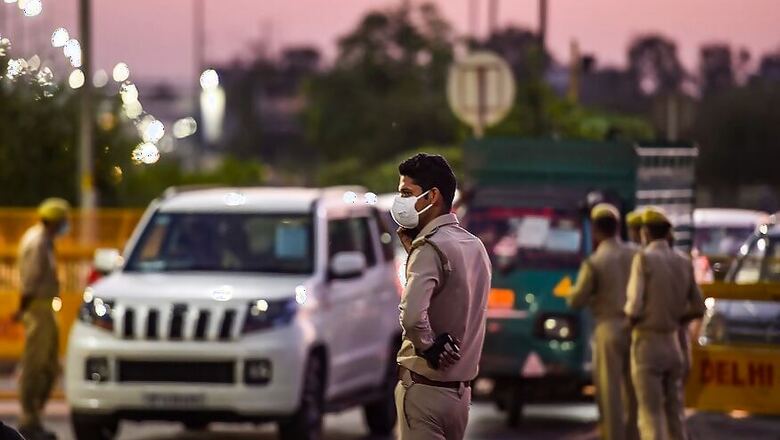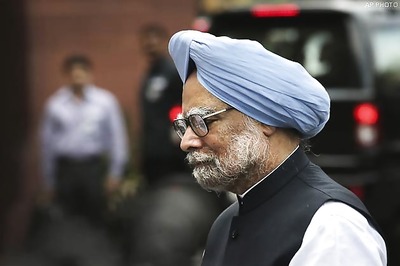
views
Amid rising coronavirus cases in the national capital, a top official in the Delhi government's COVID-19 committee has suggested that the ongoing lockdown will have to be continued till mid-May for the epidemic curve to flatten.
The Delhi government had announced a lockdown in Delhi on March 23 followed by a nation-wide lockdown by the Centre from midnight of March 24 till April 14.
The lockdown was further extended to May 3 by the Centre.
"India is still on the ascending limb of the epidemic curve and so, to ease the restrictions will mean the cases will multiply uncontrollably. And, Delhi has a large number of containment zones, so it will be wise to extend it," Dr S K Sarin, chairman of Delhi government's committee on combating COVID-19, said on Saturday.
"The lockdown will have to be extended till May 16 as that is when the epidemic curve is likely to start declining, which happens after the flattening of the curve," he said.
The total number of coronavirus cases in Delhi on Friday rose to 2,625 with 54 deaths.
Asked how the May 16 date was arrived at, Sarin said, Delhi had recorded its first coronavirus case on March 3 and mathematical modelling of the pandemic from China suggests that it takes about 10 weeks for the epidemic curve to decline.
Explaining what constitutes flattening and decline in the curve, he referred to "reproduction number" of the cases.
The curve is said to flatten when the reproduction number is one, meaning for example, 10 people giving infection to only 10 people, and the decline is said to happen if the reproduction number is less than one, meaning 10 people (primary cases) passing on the infection to less than 10 persons, say 8 people (secondary cases) and those persons in turn passing it on to less than eight people, and so on.
"But, after the flattening of the curve, its decline also needs to be seen over a few weeks to make any assessment," Sarin said.
In India, the reproduction number for coronavirus cases is ranged from 1.7 to 2.5, he said.
In Australia, on the other hand it is about 0.5, he said.
Experts have warned that if lockdown restrictions are eased before flattening of the curve, cases could "flare up like wildfire".
As per data shared by the Delhi Health Department, the mortality rate till April 24 has been highest (6.32 per cent) among patients aged 60 years and above.
The mortality rate among those aged between 50-59 year was 3.42 per cent and 0.61 per cent in people who were aged less than 50.
Nearly 85 per cent of the number of deceased, had co-morbidities, as per the data. Co-morbidities refer to conditions such as hypertension, diabetes and kidney disease.

















Comments
0 comment